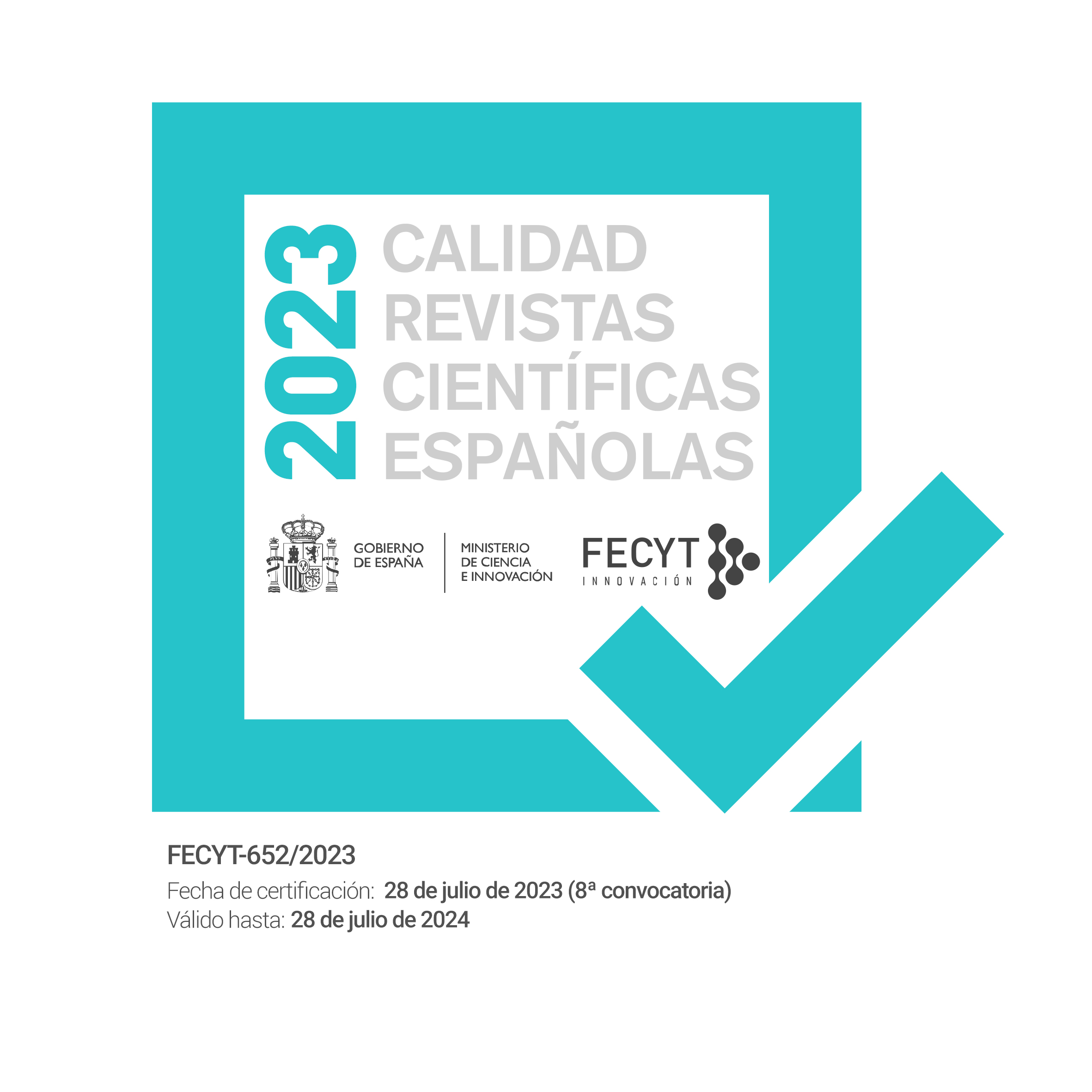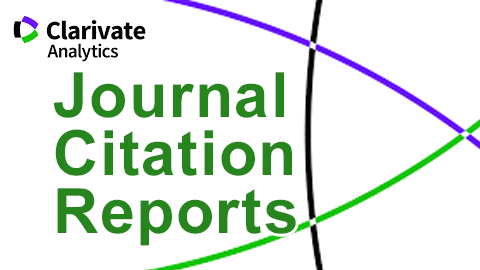All Cognates are not Created Equal: Variation in Cognate Recognition and Applications for Second Language Acquisition
Resumen
Abstract
The similarities between cognates in first and second language suggest that these words would be easier to learn. However, this is not always the case; studies focusing on teaching cognates are few in number and have yielded contradictory results. Furthermore, the definition of «similarity’ with regard to cognates remains difficult to adequately define. An experiment with 39 native-English speakers was carried out with close attention to variation in cognate recognition. A Principal Component Analysis (PCA) found significant variance in the data. This study demonstrates that not all cognates are recognized and processed in the same way by language learners. The pedagogical implications of these findings suggest that teachers should not assume that students will recognize all types of cognates. Therefore, it is important to include more activities that teach cognate recognition and the proper contexts in which they can be adapted.
Keywords: second language acquisition; vocabulary acquisition; cognate recognition; word frequency.
Resumen
Las similitudes entre cognados en una primera y segunda lengua sugieren que son un vocabulario fácil de aprender. Sin embargo, los estudios que se centran en la enseñanza de cognados son pocos y sus resultados, contradictorios. Asimismo, la definición de «similitud» que se aplica a dichas palabras es difícil de precisar. Este artículo presenta un experimento con 39 estudiantes de ELE anglófonos y está centrado en la variación del reconocimiento de cognados. El análisis de los componentes principales (PCA) muestra una variación significativa en los resultados. Este estudio demuestra que los estudiantes no reconocen ni procesan todos los cognados de la misma manera. Las implicaciones pedagógicas de estos hallazgos sugieren que los profesores no deben asumir que los estudiantes reconocerán todo tipo de cognados y, por tanto, es importante incluir más actividades que enseñen cómo reconocerlos y los contextos apropiados en los que se pueden usar.
Palabras clave: adquisición de segundas lenguas; adquisición de vocabulario; reconocimiento de cognados; frecuencia de vocabulario
Citas
Bear, D., Invernizzi, M., Templeton, S. & Johnston, F. (2007). Words their Way. Upper Saddle River, NJ: Pearson.
Costa, A., Caramazza, A. & Sebastian-Galles, N. (2000). The cognate facilitation effect: Implications for model of lexical access. Journal of Experimental Psychology: Learning, Memory, and Cognition, 26(5), 1283-1296.
Cunningham, T. H. & Graham, C.R. (2000). Increasing native English vocabulary recognition through Spanish immersion: Cognate transfer from foreign to first language. Journal of Educational Psychology, 92(1) 37-49.
Davies, M. (2008-). The Corpus of Contemporary American English: 450 million words, 1990-present. Retrieved from http://corpus.byu.edu/coca/.
De Bot, K. (2004). The multilingual lexicon: Modeling selection and control. International Journal of Multilingualism, 1(1), 17-32.
Dijkstra, T., Grainger, J. & Van Heuven, W. J. B. (1999). Recognition of cognates and interlingual homographs: The neglected role of phonology. Journal of Memory and Language, 41, 496-518.
Dijkstra, T., Miwa, K., Brummelhuis, B., Sappelli, M. & Baayen, H. (2010). How cross-language similarity and task demands affect cognate recognition. Journal of Memory and Language, 62(3), 284-301. http://dx.doi.org/10.1016/j.jml.2009.12.003
Dijkstra, T. & Van Heuven, W. J. B. (2002). The architecture of the bilingual word recognition system from identification to decision. Bilingualism Language and Cognition, 5, 175-197.
Ellis, N. C. & Beaton, A. (1993). Psycholinguistic determinants of foreign language vocabulary learning. Language Learning, 43, 559-617.
Fitzpatrick, T. & Barfield, A. (2009). Lexical Processing in Second Language Learners: Papers and Perspectives in Honour of Paul Meara. New York: Multilingual Matters.
Frantzen, D. & Magnan, S. S. (2005). Anxiety and the true beginner-false beginner dynamic in beginning French and Spanish classes. Foreign Language Annals, 38(2), 171-90.
Friel, B. M. & Kennison, S. M. (2001). Identifying German – English cognates, false cognates, and non-cognates: Methodological issues and descriptive norms. Language and Cognition, 4(3) 249-274.
Gass, S. (1990). Second language vocabulary acquisition. Annual Review of Applied Linguistics, 9, 92-106.
Hall, C. J. (2002). The automatic cognate form assumption: Evidence for the parasitic model of vocabulary development. International Review of Applied Linguistics, 40(1), 69-19.
Hall, C. J., Newbrand, D., Ecke, P., Sperr, U., Marchand, V. & Hayes, L. (2009). Learners’ implicit assumptions about syntactic frames in new L3 words: The role of cognates, typological proximity, and L2 status. Language Learning, 59(1), 153-202.
Harley, B., Hart, D. & Lapkin, S. (1986). The effects of early bilingual schooling on first language skills. Applied Psycholinguistics, 7, 295-322.
Holmes, J. & Guerra Ramos, R. (1993). False friends and reckless guessers: Observing cognate recognition strategies. In T. Huckin, M. Haynes & J. Coady (Eds.), Second Language Reading and Vocabulary Learning (pp.86-108). Norwood, NJ: Ablex.
Hoshino, N. & Kroll J. (2007). Cognates effect in picture naming: Does cross-language activation survive a change of a script? Cognition, 106, 501-511.
Jiménez R.T., García, G.E. & Pearson, P.D. (1996). The reading strategies of bilingual Latina/o students who are successful English readers: Opportunities and obstacles. Reading Research Quarterly, 33(1), 90-112.
Kroll, J. F. & Stewart, E. (1994). Category interference in translation and picture naming: Evidence for asymmetric connections between bilingual memory representation. Journal of Memory and Language, 33, 149-174.
Lightbown, P. L. & Libben, G. (1984). The recognition and use of cognates by L2 learners. In R. Alderson (Ed.), A Crosslinguistic Perspective for Second Language Research (pp. 393-417). Rowley MA: Newbury House.
Lobo, F. (1966). A 10,000 Spanish Word Vocabulary Expanded from 3,000 English Cognates. PhD dissertation, Georgetown University, Washington D.C.
Lubliner, S. & Hiebert, E. H. (2011). An analysis of English–Spanish cognates as a source of general academic language. Bilingual Research Journal, 34, 76–93.
Meara, P. (1993). The bilingual lexicon and the teaching of vocabulary. In R. Schreuder & B. Weltens (Eds.), The Bilingual Lexicon (pp. 279-298). Philadelphia: John Benjamins.
Montelongo, J., Hernández, A. C., Esquivel, J., Serrano-Wall, F. & Goenaga de Zuazu, A. (2017). Teaching English-Spanish cognate-recognition strategies through the Americas book award-winners and honor picture books. Journal of Latinos and Education, 1-14. doi: 10.1080/15348431.2017.1348299
Montelongo, J., Hernández, A. C. & Herter, R. J. (2009). Transparency ratings for Spanish cognate words. Library Scholarship. Retrieved from http://works.bepress.com/jmontelo/3
Nassi, R. (1973). Primer libro. Amsco School Publications.
Nation, P. (2001). Learning Vocabulary in another Language. Cambridge: Cambridge University Press.
Nation, P. & Meara, P. (2002). Vocabulary. In N. Schmitt (Ed.), An Introduction to Applied Linguistics (pp. 35–54). London: Arnold.
Otwinowska, A. (2009). Raising awareness of cognate vocabulary as a strategy in teaching English to Polish adults. Innovation in Language Learning and Teaching, 3(2) 131-147.
Otwinowska, A. (2015). Cognate Vocabulary in Language Acquisition and Use: Attitudes, Awareness, Activation. Bristol: Multilingual Matters.
Otwinowska, A. & Szewczyk, J. (2017). The more similar the better? Factors in learning cognates, false cognates and non-cognates words. International Journal of Bilingual Education and Bilingualism. doi: 10.1080/13670050.2017.1325834
Paribakht, T. S. & Wesche, M. (1997). Vocabulary enhancement activities and reading for meaning in second language vocabulary acquisition. In J. Coady & T. Huckin (Eds.), Second Language Vocabulary Acquisition: A Rationale for Pedagogy (pp. 174-199). Cambridge, UK: Cambridge University Press.
Rodriguez, T. A. (2010). Teaching cognates in isolation and context: A practical note on Montelongo et al. Psychological Reports, 107(2), 564-566.
Salaberry, R. & Amstrong Lafford, B. (2006). The Art of Teaching Spanish: Second Language Acquisition from Research to Praxis. Washington, D.C.: Georgetown University Press.
Schmitt, N. (2000). Vocabulary in Language Teaching. Cambridge: Cambridge University Press.
Sherkina-Lieber, M. (2004). The cognate facilitation effect in bilingual speech processing: The case of Russian-English bilingualism. Cahiers linguistics d’Ottawa, 32, 108-121.
Shrum, J. & Glisan, E. (2010). Teacher's Handbook: Contextualized Language Instruction (4th ed.). Boston: Heinle, Cengage Learning.
Tonzar, C., Lotto L. & Job, R. (2009). L2 vocabulary acquisition in children: Effects of learning method and cognate status. Language Learning, 59(3), 623-646.
Tréville, M.C. (1996). Lexical learning and reading in L2 at the beginner level: The advantage of cognates. The Canadian Modern Language Review, 53, 173-190.
Wenden, A. L. & Rubin, J. (Eds.). (1987). Learner Strategies in Language Learning. Cambridge: Prentice-Hall International.
Zimmerman, C. B. (1994). Self-selected Reading and Interactive Vocabulary Instruction: Knowledge and Perceptions of Word Learning among L2 Learners. PhD dissertation, University of Southern California, Los Angeles.
Descargas
Publicado
Número
Sección
Licencia
Reconocimiento – No comercial (CC BY-NC). Bajo esta licencia el usuario puede copiar, distribuir y exhibir públicamente la obra y puede crear obras derivadas siempre y cuando estas nuevas creaciones reconozcan la autoría de la obra original y no sean utilizadas de manera comercial.
Los autores retienen todos sus derechos de publicación y copyright sin restricciones.









